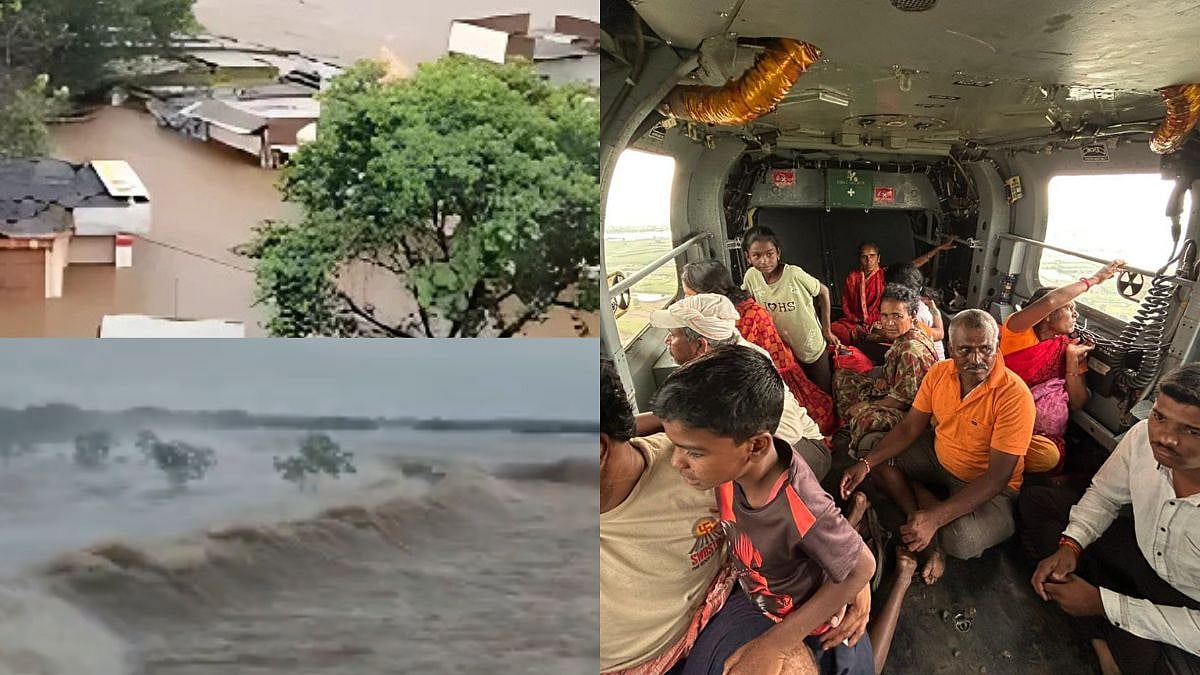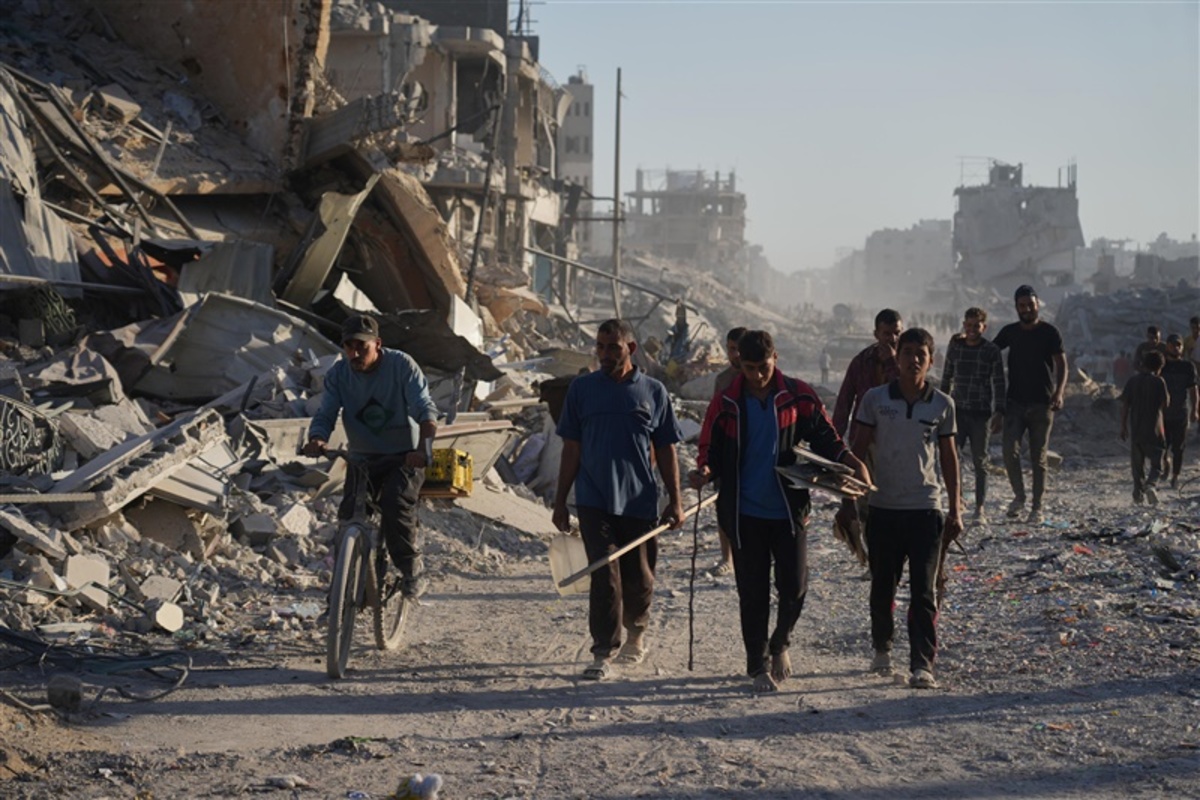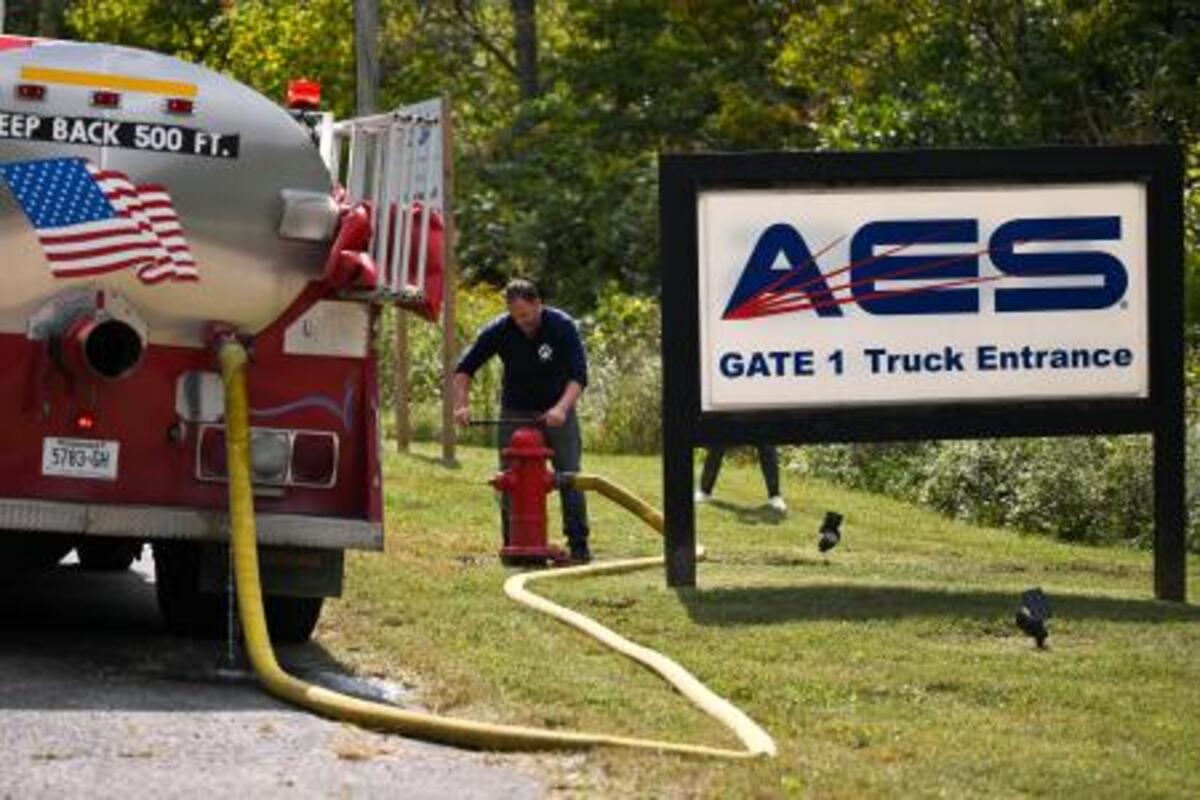Marathwada Battered by Worst Floods in Half a Century
The Marathwada region of Maharashtra is reeling under one of its worst floods in over 50 years. With lives lost, homes washed away, and vast farmlands destroyed, the community faces an immense challenge ahead. Relief and rescue operations are underway, but the urgent need remains clear: swift compensation for affected families, strong infrastructure rebuilding, and long-term planning to mitigate future devastation.
Severe Flooding Hits Multiple Districts
Marathwada, including districts such as Dharashiv, Beed, Parbhani, and Solapur, has been severely hit by unprecedented rainfall—the heaviest in over five decades. In just a span of four to six hours, several areas recorded rainfall between 60 and 110 mm, with Pathardi tehsil witnessing 110 mm of rain within four hours. This torrential rain has led to widespread flooding across the region.
Dams Overflow and Rivers Swell, Worsening the Crisis
Major dams like Jayakwadi were compelled to release excess water, which, combined with swollen rivers and runoff from hill catchment areas such as the Ajanta hills, triggered flash floods. These floods swept through villages and agricultural fields, exacerbating the disaster.
Rising Human Toll
Since September 20, eight people have lost their lives due to rain-related incidents, including drowning, lightning strikes, and collapsing houses. The fatalities include three in Latur, two in Beed, and one each in Chhatrapati Sambhajinagar, Nanded, and Dharashiv. Notably, from June 1 till date, the region has recorded 52 rain-related deaths.
Villages Submerged, Homes Destroyed
Floodwaters have damaged approximately 766 houses across eight districts in Marathwada, with kutcha (mud and thatch) homes being the most vulnerable. Families have been displaced, struggling with the loss of shelter. In Kapilapuri village of Dharashiv, 182 residents were rescued from severely waterlogged homes.
Farmers Face Catastrophic Agricultural Losses
Crops over more than 33,000 hectares of farmland have been destroyed in Marathwada. Statewide, kharif crop damage has affected 14.3 million hectares. With over 5.5 lakh acres submerged and cattle losses exceeding 150 animals, farmers—already under stress—now face a highly uncertain future.
Rescue Operations Underway
The National Disaster Response Force (NDRF) and the Indian Army have been deployed in full force for relief activities. The NDRF’s 5th Battalion from Pune has mobilized 18 teams equipped with boats, rescue gear, and medical personnel. Airlifts were conducted, saving 28 people in Devgaon and 27 in Lakhi village, Dharashiv. In total, more than 320 people have been rescued in the past 24 hours.
Brave Rescuers and Challenging Missions
Rescue teams have been working tirelessly to evacuate families from the rising waters and unstable structures. Among those saved were a newborn and a woman in Beed, where 39 people were rescued, while Solapur saw 82 people brought to safety. Despite heavy rains and poor visibility, helicopters and boats operated non-stop to conduct rescue missions.
Political Reactions and Criticism
Chief Minister Devendra Fadnavis along with Deputy Chief Ministers Eknath Shinde and Ajit Pawar have announced visits to the flood-affected areas. However, opposition leaders, including Sharad Pawar and Uddhav Thackeray, have criticized the state government’s relief efforts, demanding that the Union government provide at least ₹10,000 crore in aid.
Relief Package Announced
In response, the state cabinet has approved a ₹2,215 crore relief package targeting 31.5 lakh affected farmers. Out of this amount, ₹1,829 crore is slated for swift release. CM Fadnavis has instructed officials to ensure that the compensation reaches farmers’ bank accounts within 10 days.
Continued Rains and Weather Alerts
The India Meteorological Department (IMD) has issued yellow alerts for central Maharashtra, forecasting heavy to very heavy rainfall through Monday. With dam discharges continuing at a rate of 70,000 cusecs, officials remain vigilant about the risk of further flooding if the rains persist.
Looking Ahead
As Marathwada battles this natural calamity, the focus remains on rescue and rehabilitation. Simultaneously, the government and agencies must prioritize rebuilding resilient infrastructure and devising long-term flood management strategies to safeguard this vulnerable region against future disasters.


